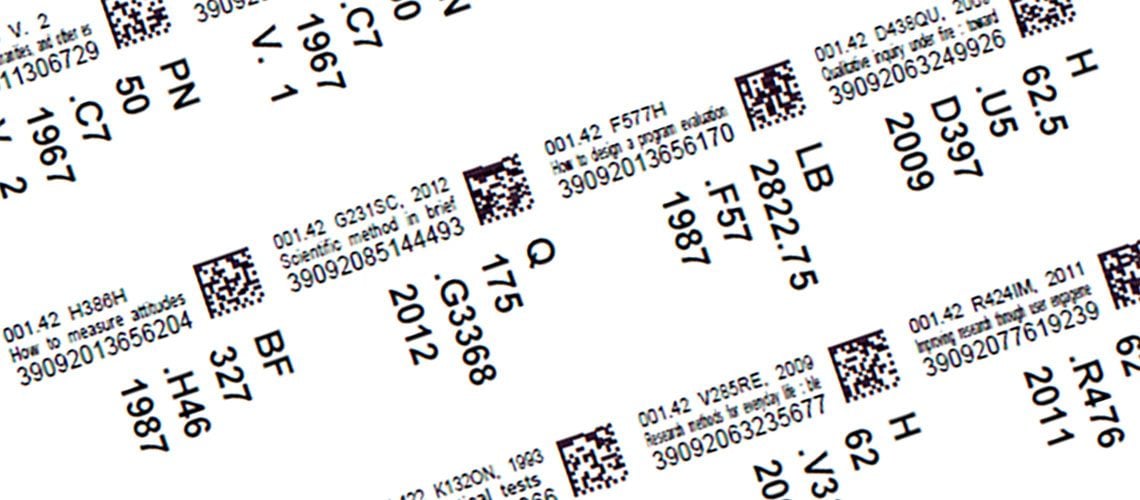Converting your library from one classification system to another can be an arduous task. Backstage helps make the challenge easier by walking you through the processes and using our experience to identify potential pitfalls. However, these conversations usually start with the same standard questions from our clients. Here is an overview of the most common questions we receive and their answers.
Do we need to close the library for the project?
Closing the library is not needed during the course of a reclassification project. Our work processes are designed to allow access to collections by patrons during the project, though the active area being reclassified that day may require a book request to be filed to pull the book either from a cart in mid-reclassification, or a newly reclassified book from carts waiting to be reshelved in their new locations.
How much swing space will be needed?
During the course of reclassification, shelving previously under the old classification scheme will be updated and reassigned to the new classification scheme as they become available. However, books reclassified to areas not open yet may find themselves with nowhere to go, and this is where swing space comes in. Ideally, swing space means empty shelves not currently in use by the rest of the collection, that allow these orphan books a place to be shelved in shelf-list order until their final locations become available. This makes them easier to locate by staff during the reclassification process whenever a book request is filed. For a standard reclassification project, having empty shelving equivalent to 18% of the total collection is preferred. However, as this is not always available, alternate options can be used, such as relocating material into empty rooms, or renting additional carts in the interim.
Our old spine labels are all over the place, but we want the new labels to be in the same spot on every item, how should the old labels be covered/removed?
There are several options which can be discussed when dealing with older spine labels. If the old label cannot be simply covered by the new one, then the first option would always be to see if the old label can be peeled off easily. If this is not the case, such as when heat activated labels were used, alternate methods such as covering the label with new stickers, or covering up the old call number with sharpie can be employed.
In what order will the collection be processed?
If certain side collections will remain separate from the main collection, such as Reference or Oversize materials, these may be done first due to the ease with which they can be completed. For the main collection, your assigned project manager will first plan the new layout of the collections on your selves to meet your personal preferences, and will then create pivot tables with the data to identify what order the collection should be processed in to allow the maximum number of materials to be shelved into their final location in order to minimize the need for swing space.
Why is shifting necessary?
Shifting material once it has been reclassified is done for a few reasons. The first is to simply move material from swing space into its final location as those shelves become available. Another is to spread material out if it needed to be condensed until all of the shelves for that classification subject were freed. Lastly, shifting segments of the collection as part of the end of the project can ensure different collections have the spacing you prefer, such as literature needing more room for growth than religion.
We currently have items already classed in the new classification scheme that were recently acquired, can you integrate those into the collection during the project?
Yes, multiple collections can be merged together during the course of a reclassification project; whether that means items already in the new classification scheme, or side collections you may want reintegrated into the main collection. This is also true if you have multiple different classification schemes that need to be reclassified into one uniform system. Backstage can also do the reverse and separate items out from the main collection if desired.
Contact Us
To learn more about our pricing and how Backstage can help you with your records, you can call us at 1.800.288.1265, visit us online at www.bslw.com, or send an email to info@bslw.com.



